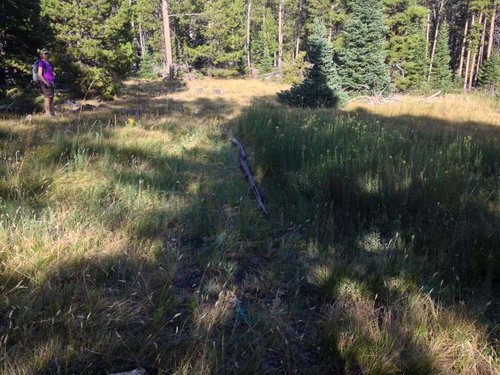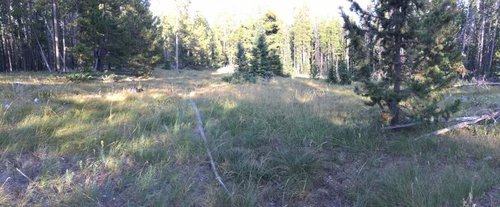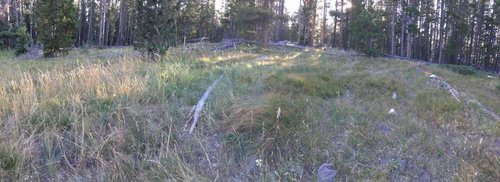RobG
Well-known member
I volunteer spray a couple back-country weed patches for the Forest Service. Last night I was in the Spanish Peaks at a Yellow Toadflax patch I've been treating since 2016. The toadflax is about gone, but in its place are a couple of tall grasses that look out of place.
The first grass has heads about 4' high. It looks vaguely familiar...
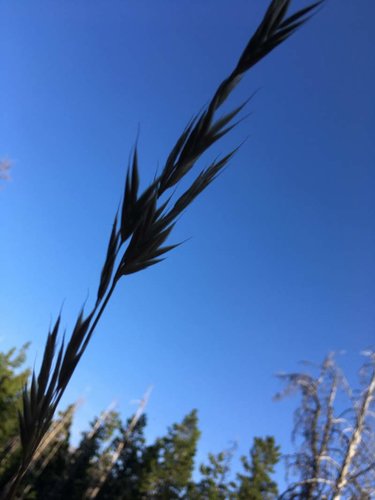
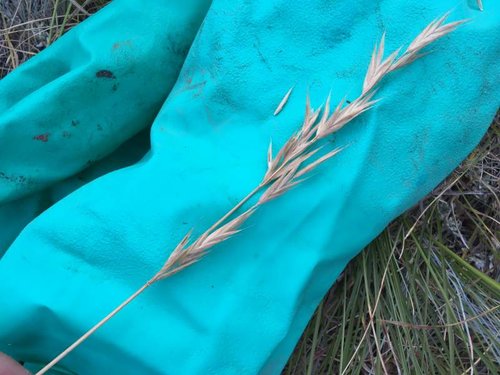
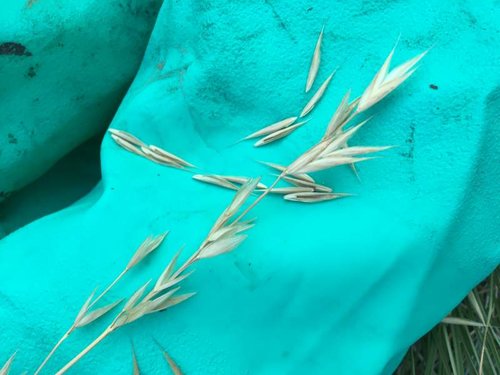
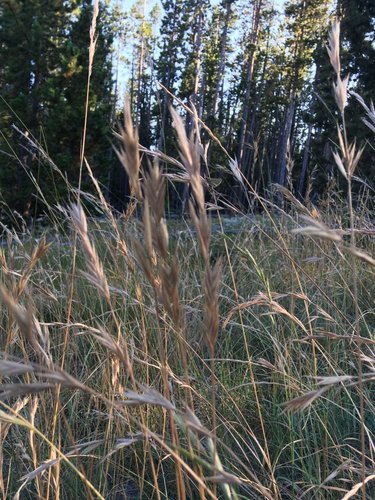
The heads on the second grass were about 5' high. The heads were fuzzy looking and probably 5-6" long. They were full of those sharp seeds.
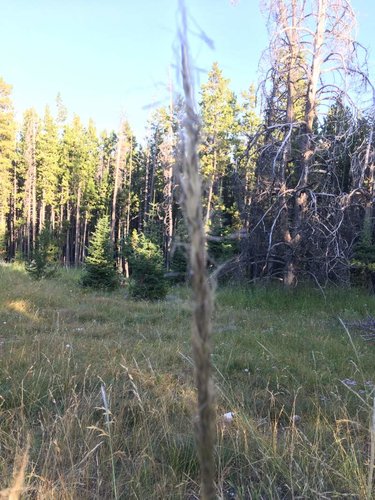
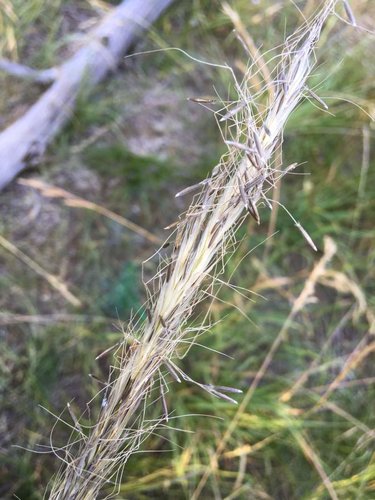
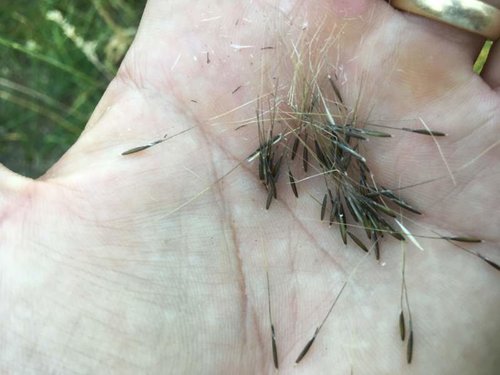
What are these grasses?
As an aside, I did an interesting experiment with this toadflax patch. When I first sprayed it in 2016 it was a lot denser than I originally planned for and I didn't have enough tordon/2-4d mix. Being curious, I put a log down the center of the patch and sprayed everything on south side. On the north side of the log I pulled the larger plants and sprayed what was left.
As you can guess, the side I sprayed heavily is the side with the tall, out of place grasses. The side where I pulled the majority of plants has what appears to be the local native "grass" (it sort of looks like bear grass without the flowering stems). Both sides had roughly the same amount of toadflax, which was greatly reduced since 2016 (virtually gone).
In this case, pulling the mature plants and spraying what was left was just as effective as spraying everything. However, the collateral damage was significantly less.
The first grass has heads about 4' high. It looks vaguely familiar...




The heads on the second grass were about 5' high. The heads were fuzzy looking and probably 5-6" long. They were full of those sharp seeds.



What are these grasses?
As an aside, I did an interesting experiment with this toadflax patch. When I first sprayed it in 2016 it was a lot denser than I originally planned for and I didn't have enough tordon/2-4d mix. Being curious, I put a log down the center of the patch and sprayed everything on south side. On the north side of the log I pulled the larger plants and sprayed what was left.
As you can guess, the side I sprayed heavily is the side with the tall, out of place grasses. The side where I pulled the majority of plants has what appears to be the local native "grass" (it sort of looks like bear grass without the flowering stems). Both sides had roughly the same amount of toadflax, which was greatly reduced since 2016 (virtually gone).
In this case, pulling the mature plants and spraying what was left was just as effective as spraying everything. However, the collateral damage was significantly less.




